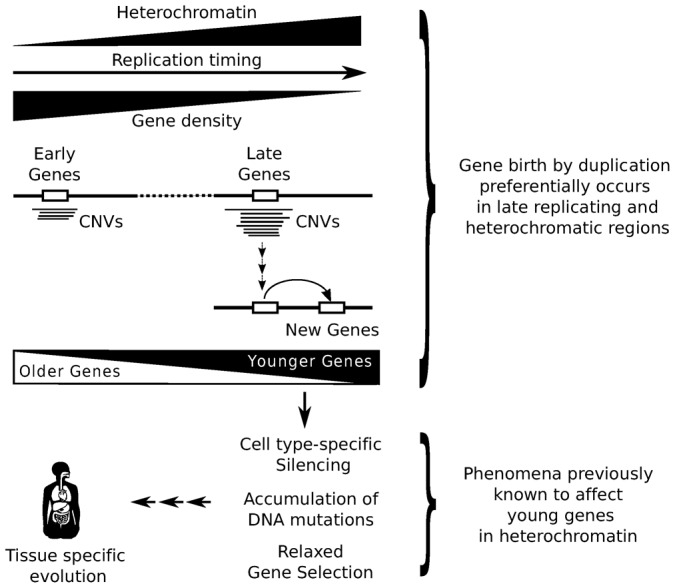Fig. 6. Proposed model based on our observations and previous knowledge.

According to our results, a bias in CNV formation (probably associated with replicative stress) leads to the accumulation of CNV-genes in heterochromatin-rich, late-replicating regions. This scenario increases the intrinsic probability that new gene copies are located in these regions. In the long term, a recurrence of this situation combined with successive selection events would lead to the progressive accumulation of younger genes in late-replicating regions. The location of new genes in heterochromatin would favor the development of cell type-specific patterns of gene expression. This restriction on gene expression will reduce the selection pressure on new genes, resulting in a weaker impact on the whole organism. In this scenario the rapid development of new traits would contribute to the differential evolution of distinct cell types. Obviously, the influence of other unexplored factors would be expected and should not be ruled out.
